Home Safety Guide
Best practices for household safety

SafeHome.org may receive compensation from some providers listed on this page. Learn More
We may receive compensation from some providers listed on this page. Learn More
Best practices for household safety

Our roundup of 2024's highest rated home security cameras.
Best Home Security CamerasA helpful checklist to prepare your home and family.

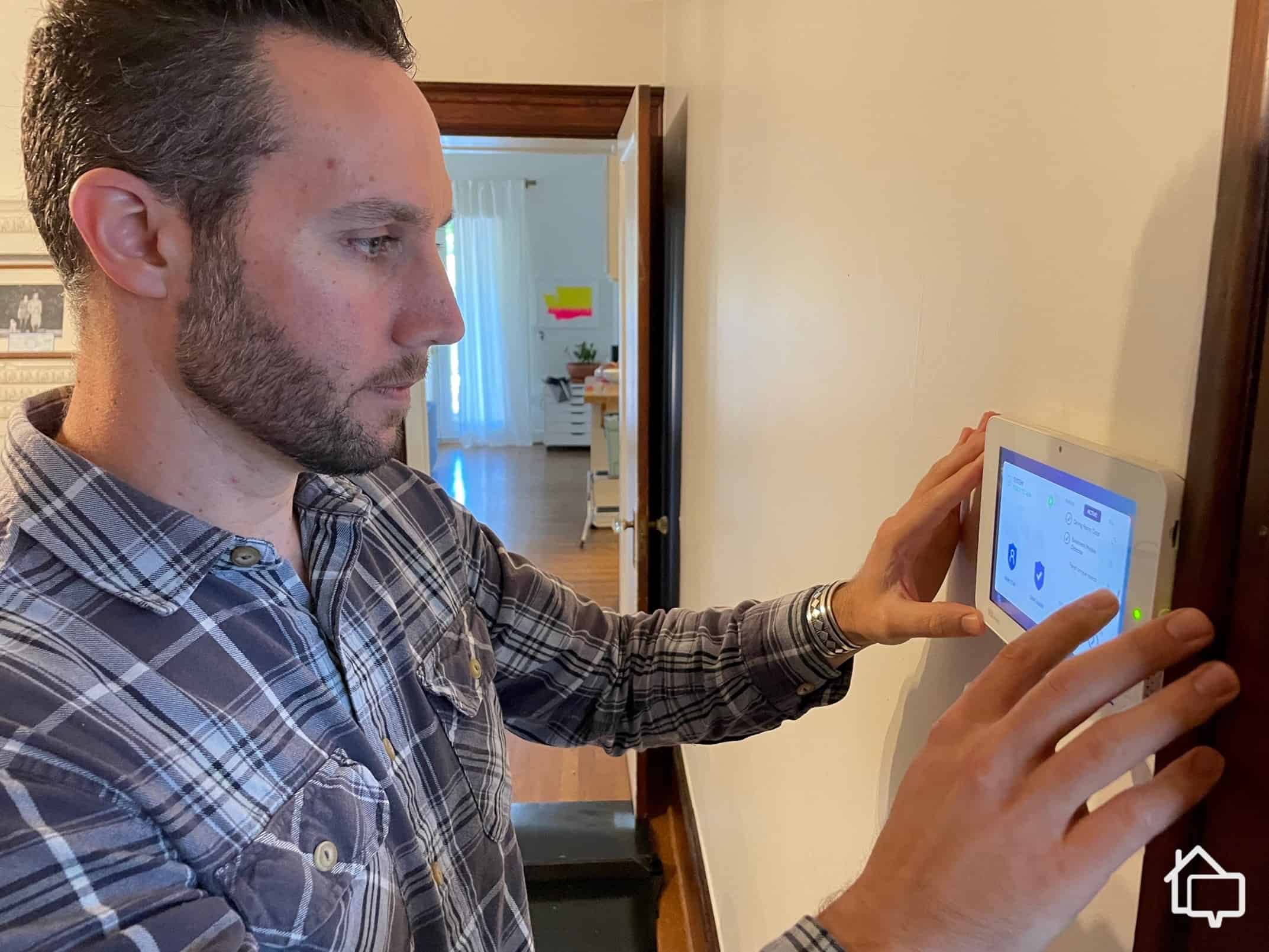
Testing the ADT Control Panel
It could be as small as checking the back door every night before bed or making sure the kids don’t get too close to the pool when we’re not around. It could be as big as our first DIY home security system. In either case, protecting our homes and families is in our DNA.
Whatever the scope of our home safety ambitions and know-how, every place we call home — house, apartment, short-term rental, summer home — requires some safety prepping.
This security guide will give you an overview of the areas we consider critical to your home’s safety. If you find a hole in your personal home security playbook while reading, don’t worry. We’ve got plenty of expert resources and guides to point you to.
FYI: Thinking of slapping an ADT sticker on your door without an alarm system to back it up? Studies suggest that experienced burglars can tell a faux security system from the real McCoy.


Home security systems sometimes get written off as the over-the-top security measures for well-known celebrities. That’s simply not true. Most prowlers aren’t stealing Lamborghinis; they’re filching our phones, laptops, and spare cash. The vast majority avoid residences with cameras and alarms — the basic components of any quality home security system.
>> Read More: These Celebrity Home Security Systems Will Blow Your Mind
That said, everyone’s needs are different. You may have a porch pirate problem that a good video doorbell can fix. Or you may just want to get alerts when the cat sitter arrives. There are tons of options, plenty of them for under 300 bucks. Here are our favorite budget home security systems this year.
>> Also Check Out: Our A-to-Z Home Security Guide 2025
Did You Know? The FBI logged 847,522 burglaries in the U.S. in 2022.1


If you’ve never heard of bull sharks, they’re the garbage disposals of the ocean. Porch pirates are their terrestrial equivalents. They’re not very choosy and don’t think twice before grabbing. I’ve seen pirates run away with half-burnt candles. I’ve also seen them try to cram a 65-inch TV into the trunk of their car.
Despite their lack of serious brain power or discrimination, package thieves are actually an immense problem for homeowners. Recent surveys suggest that 1 in every 3 of us should expect a run-in with a pirate this year.2 Yikes!
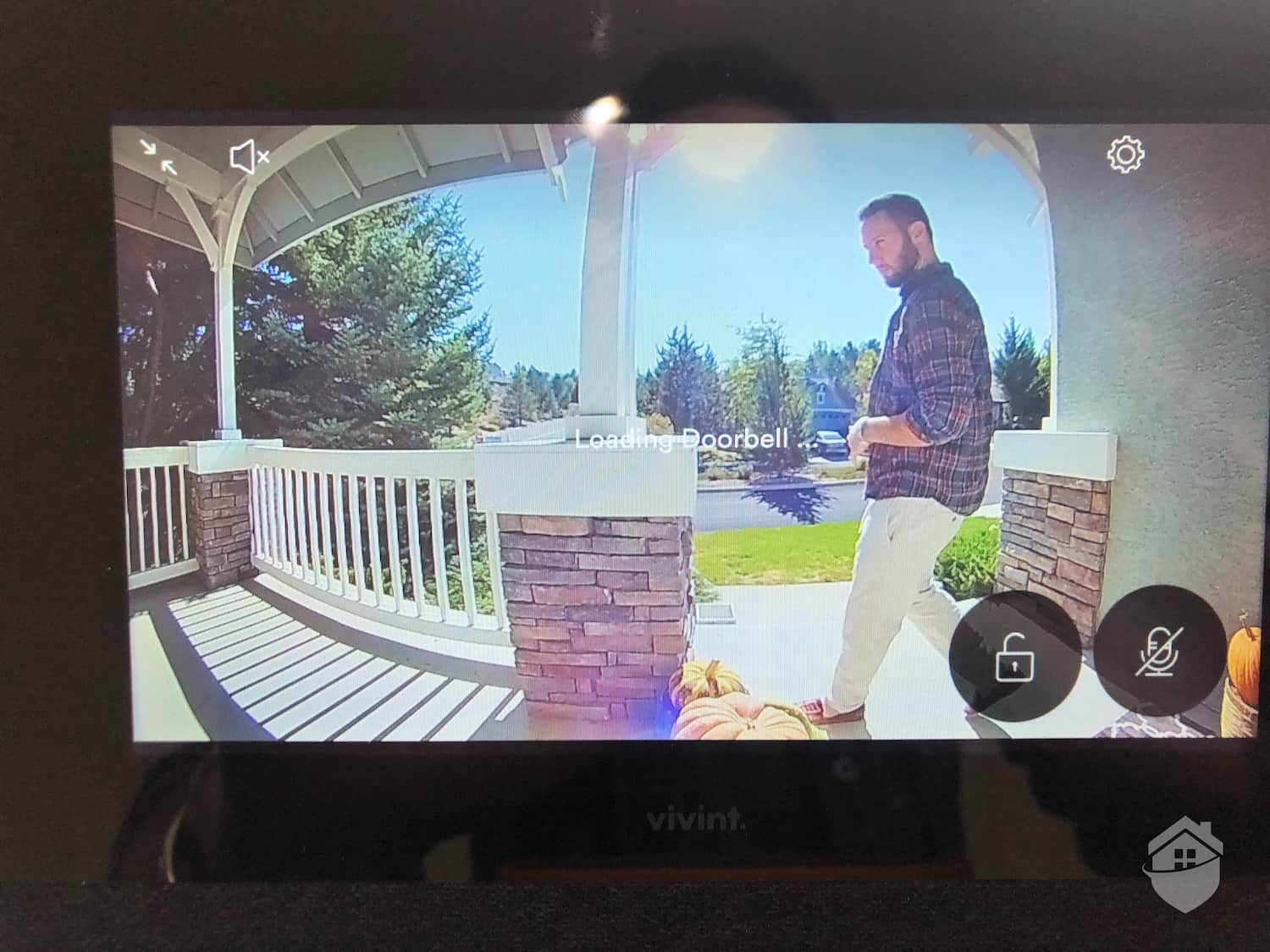
Prevent Poarch Pirates with a Doorbell Camera
Getting nervous? Don’t be. There are plenty of things you can do to pirate-proof your home. If you’ve already fallen victim to package theft, here’s what you can do to get your lost or stolen package back.


Your home is a 70-degree living room on a cold winter night. It’s a porch light at the end of a lazy summer day. But it’s also the cleaning supplies you dumped under the sink and the smoke detector that needed batteries for so many weeks you eventually just switched it off.
No judgment here. Those little loose ends are easy to put off. But your home sweet home can turn against you in the blink of an eye if you can’t tell the big risks from the rainy-day projects, especially if you’ve got toddlers running around.


Hey, Google. Turn on hall lights. No. Hall lights. Google, I said hall lights!
No one’s saying smart homes are perfect. There are glitches to iron out and communication barriers to overcome before we start living like the Jetsons. But, on balance, smart living is a step up.
Still, there are situations where you’ll be wishing your only problem was a misbehaving hall light — situations like Alexa overhearing your late-night convos (and broadcasting them to random contacts) or your baby monitor getting hacked by a psychopath — to name just two very real smart home dangers we’ve reported on.
Given the risks of participating in the brave new world of the Internet of Things (IoT), we recommend familiarizing yourself with smart home safety best practices before you outfit your brainiac home with tons of gadgets.


There’s no scarier two-word combination in the English language than “home invasion.” That’s because an intruder who “invades” your home is there to confront and hurt you, not just take your stuff.
Even scarier? Home invasions aren’t once-in-a-blue-moon events. The police log over 1.6 million of them per year.4 That’s over half of all residential break-ins. Not all of the attacks are premeditated, but the evidence does suggest that a burglar can easily turn into an invader if they’re caught in the act.
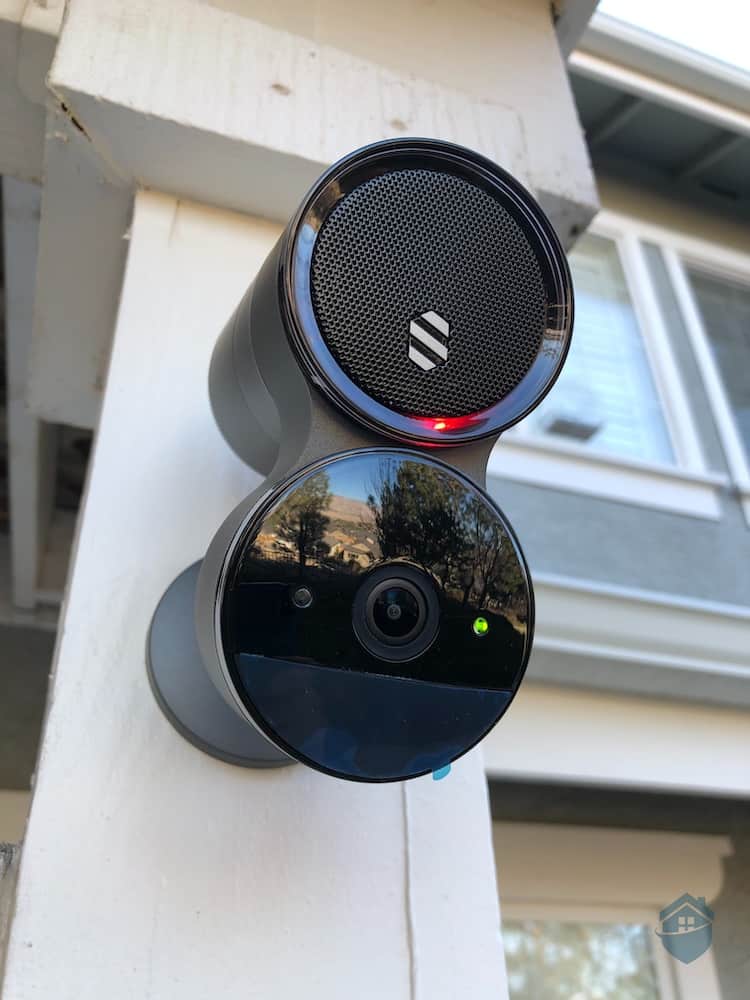
Capture outside your home with the Sentinel Camera
So home invasions are terrible and they’re more common than you thought. Those are two very good reasons to have a plan should you ever find yourself rocked out of your sleep at midnight by the sound of breaking glass.
Pro Tip: Think your home is secure enough to stop an intruder? Take our Home Security Quiz.


On the first day of Christmas, my true love gave to me … insulated pipes that won’t burst when it drops below zero and a partridge in a pear tree (that’s at least three feet away from the radiator).
I would never suggest redoing your pipes around Christmastime, but there are measures you can take to escape a Clark Griswold Christmas — measures like leaving the heat on (55 degrees minimum) if you’re going to be spending the week at grandma’s and placing the Christmas three feet from any heat source. Christmas tree fires are a real thing!
For some more tips on staying safe over the holidays, check out our Winter Home Safety Guide.


All you have to do is answer one question to know if you’d pass our vacation home safety test. Who did you tell you were going on vacation last year?
If you told your haircutter, the pool guy, or even a random neighbor, know this: Most burglaries aren’t the work of strangers. The culprits are usually acquaintances or the friends of friends; i.e., the haircutter, the pool guy, or the random neighbor.
That’s just one way to protect your home while you’re out of town. Here are a few more tricks to keep burglars away while you’re on vacation.
Did You Know? Many home insurers don’t cover homes that have been empty for more than a month. So, if you’re going to be leaving your home for a while and want to be covered for serious accidents or damage, you may need to consider a vacant-home policy.


We moms and dads have a pretty refined Spidey sense for kiddie dangers: crib hazards, unsafe stairs, unprotected electrical outlets — you name it. If there’s a danger lurking in or around the home, we’ve found a way to shield our children from it.
But we can’t protect against risks we don’t know are there. For example, not every parent knows that you need more than a simple fence to keep little kids out of the pool or that curtain cords can (and do) strangle curious toddlers every year.
If that’s news to you, we’ve put together several home safety refreshers for families with small children. Start with our latest Childproofing Report with best practices. And if your kids are already online, also check out our top identity theft protection packages for families with kids.


If “What do parents fear most?” was a “Family Feud” question, the No. 1 answer would be “Our kids wandering off with a creep at the park,” which explains why we spend so much time warning them not to talk to strangers.
The problem is, all that preparation doesn’t always pay off. Simulated tests have shown that our kids aren’t as savvy as we think when it comes to identifying and repelling predators in the wild. That’s because predators are really determined to harm our children, while our children are, well, children.
When we throw the internet into the mix, the odds are even worse for parents. A 30-year-old sleazeball hanging out with your kids at the park will raise instant red flags. Online, that same creep can easily mask his identity and prowl incognito.
FYI: The more you post about your kids online, the more intel predators have at their disposal. If you absolutely can’t resist the urge to get the word out about little Sally’s softball game, never post any personally identifiable information (PII), like birthdays or names.


Wi-Fi is everywhere. It’s in our homes, in the streets, and in stores and malls, so your chances of avoiding it are just about nil. Unless you plan on wrapping yourself in aluminum foil. And, actually, I’m not sure that’ll work either.
Because it’s everywhere, we assume Wi-Fi is safe. I mean, how could it not be? We wouldn’t unleash billions and billions of radio waves upon ourselves 24/7 if they were toxic, right?
The answer is no. According to the science, at least, everyday Wi-Fi exposure isn’t dangerous. In fact, a single 20-minute cell phone conversation produces more radio waves than your home router makes in a whole year.5 This may not convince the 5G conspiracists out there, but it should be good enough for most of us.
However, this safety verdict doesn’t necessarily apply to infants and toddlers, whose brains and skulls are still developing. Does this mean you should unplug until they’re 15? I really don’t think so. But there are some simple precautions you can take to limit your little ones’ exposure to Wi-Fi.


Almost all of us know what to do when we have a fender bender: Check the damage, get the other car’s license plate number, exchange phone numbers, call your insurance company. Knowing what to do offsets some of the stress of an otherwise pretty stressful ordeal.
That’s a low-key emergency, if we can even call it that. Imagine if your home was on fire (knock on wood this never happens to you) or a hurricane blows into town. What would you do?
>> Further Reading: Preparing for and Surviving an Emergency at Home
If you don’t have any experience dealing with natural (or man-made) disasters, maybe you don’t have a family emergency plan. And that could be a problem for your family’s safety.
Did You Know? California logged 7,447 wildfires in 2022. That was a quiet year.6


Carbon monoxide doesn’t have a taste, it doesn’t make a sound, and you can’t smell it. Sound like your kind of gas? Mine too. Ordinarily, a silent, odorless gas would be a plus. But in the case of CO, it’s not good at all, because even trace amounts (70 parts per million) are dangerous.
Unfortunately, CO is also a byproduct of a very basic, universal process: combustion. Basically, if you’ve got household appliances that burn fuel (gas, oil, coal, or even wood) and something goes wrong with one of them, you could easily have a CO leak.
The good news? You can stay one step ahead of carbon monoxide leaks. It’s not too expensive and doesn’t require much maintenance: Install a CO detector on every floor of the house and outside your bedrooms.


Once upon a time, wired smoke detectors weren’t mandatory. Landlords and homeowners put alarms up, but they were the battery-operated kind. The kind that, if we burned the lasagna and they went off, we might have ripped the batteries out of. Because who wants to listen to a 100 dB alarm every time we burn dinner?
>> You Also Might Like: The False Alarm Troubleshooting Guide
These days, new buildings (and older ones, depending on where you live) have wired smoke detectors that we can’t dismantle every time we burn the lasagna. From a home safety point of view, this is a big improvement.
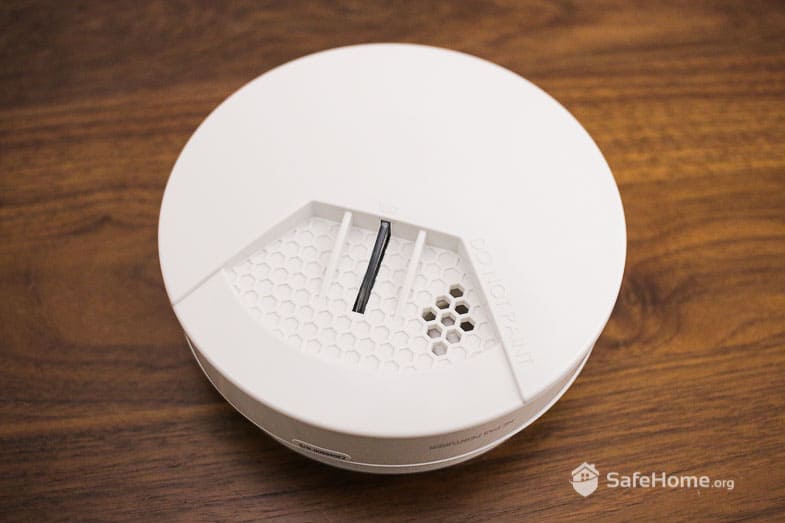
SimpliSafe – Smoke Detector
Still, while wired smoke alarms usually require professional installations, there are some things you should know about your smoke detectors: how and where to put them and how to take care of them.
>> Also Check Out: The Residential Fire Prevention and Safety Guide


More than 1 million kids visited the ER last summer, according to our research. The main culprits? Bikes, trampolines, monkey bars, and — you guessed it — pools. Obviously, bike and trampoline accidents are horrible. But pool mishaps are potentially much worse. And there were 47,461 of them in 2022.
So, what can you do to make sure your kids don’t get into trouble in the water this summer? Actually, plenty.
Start swimming lessons as early as possible, and teach pool safety — no swan dives in the shallow end and no running around the pool. Rinse and repeat. If you’ve got toddlers, you’ve got to pay eagle-eyed attention — even in the baby pool. A faceplant in just three inches of water can be deadly for a tiny tot.
I’m not trying to scare you, but these are the facts. For a full list of child-proofing best practices, read these important home safety rules to teach your kids.
Pro Tip: If you’ve got toddlers, ditch the floaties. They spring holes and slip off easily, and they give us parents a false sense of security, which can make us less attentive. A much better option is a U.S. Coast Guard-approved kiddie life vest.


I hate cockroaches. I hate leaky ceilings. I hate clogged toilets. But I really hate going up into the attic. Why? It’s steaming hot up there in the summer, there’s fiberglass insulation and dust everywhere, and I might find bugs feasting on my wood beams. (I haven’t yet, knock on wood beams.)
But, as a conscientious homeowner, I should be checking the attic every now and again. Here’s why.
If I did have pests living above my head, I’d want to take care of them ASAP. Rodents do more than make creepy noises. They eat anything they can sink their teeth into (rodent = animal that gnaws) and leave behind toxic leftovers that can waft into our HVAC systems.


Scammers might not be a physical household danger, but the numbers from the Federal Trade Commission physically hurt me. Per its latest report, grifters stole over $8.8 billion from us consumers in 2022!7 That number is up 30 percent over 2021, by the way, when most of us were doing nothing but ordering things online.
>> Go Deeper: How to Avoid Door-to-Door Scams
Bottom line? Scammers are out in full force with all sorts of tried-and-true tricks up their creepy sleeves. Scroll up for a link to the worst holiday scams to look out for. If you’ve already had a run-in with a scammer on the phone, we’ve got some stats you might want to take a look at.

PayPal phishing email by ChatGPT
>> Find Out More: Where the Do Not Call Registry Is Most Popular
But what’s been keeping me up lately is a new breed of AI scammers that use bots to do their dirty work (in much better English) 24/7. Here’s what you should be looking out for and what you can do — with your smarter human brain — to keep them out of your hair.
FYI: Investment scams ($3.8 billion) and imposter scams ($2.6 billion) topped the FTC’s list of grifts in 2022.8


The dark web isn’t something you’ll ever stumble upon unless you go looking for it. But the many criminals who hang out there have an unfortunate habit of bumping into us. The most common collision between dark web denizens and us law-abiding netizens is black market dark web identity theft.
>> Go Deeper: 5 Child Identity Theft Statistics Every Parent Should Know
Simply put, if your data is stolen through a breach, it often ends up on the dark web for sale to the highest bidder. That could be a 15-year-old in Russia who wants to buy a pair of Jordans on eBay with your credit card, or a slimeball in Ontario looking to break into your 16-year-old daughter’s Instagram account.
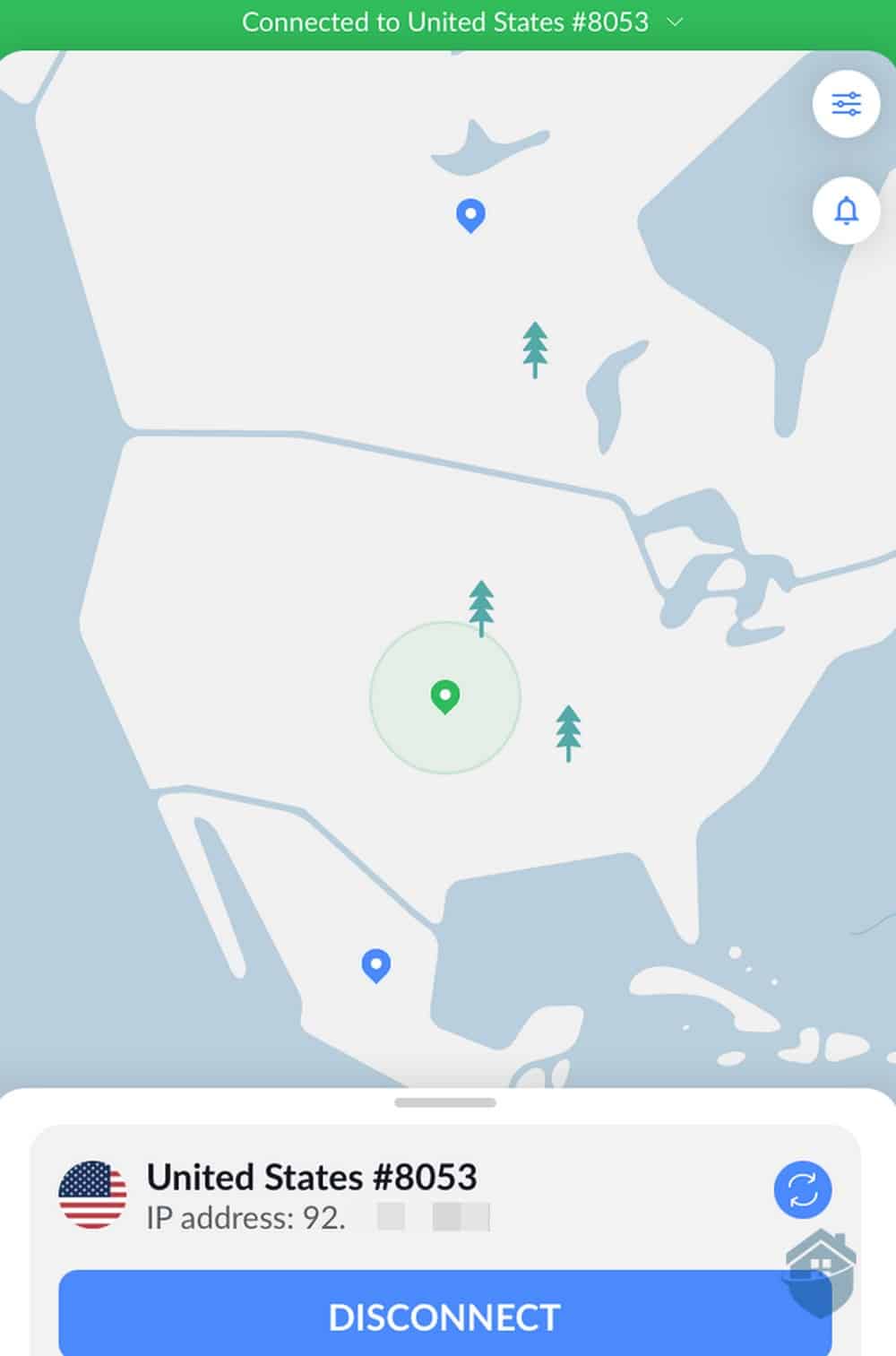
Protect yourself from hackers with NordVPN
To keep these crooks off your devices, start by battening down your internet connections with a quality virtual private network (VPN), like NordVPN, and some antivirus protection. For extra security, consider investing in identity theft protection. Here’s a quick comparison of all the identity theft protection services we’ve reviewed this year.
>> Also Read: Top-Rated Identity Theft Protection Services


We all have parents and grandparents. Some of us are parents and grandparents. Even if you’re lucky enough to live near grandma and grandpa, we can’t be watching over them 24/7. And they wouldn’t want us to be.
Medical alert systems, which connect seniors to emergency services and/or loved ones in the event of an accident, may be a tough sell for Grandpa Tom, who still drives a Harley and bench presses 225. But if Grandpa Tom is living alone, or beyond city limits, you might consider the idea.
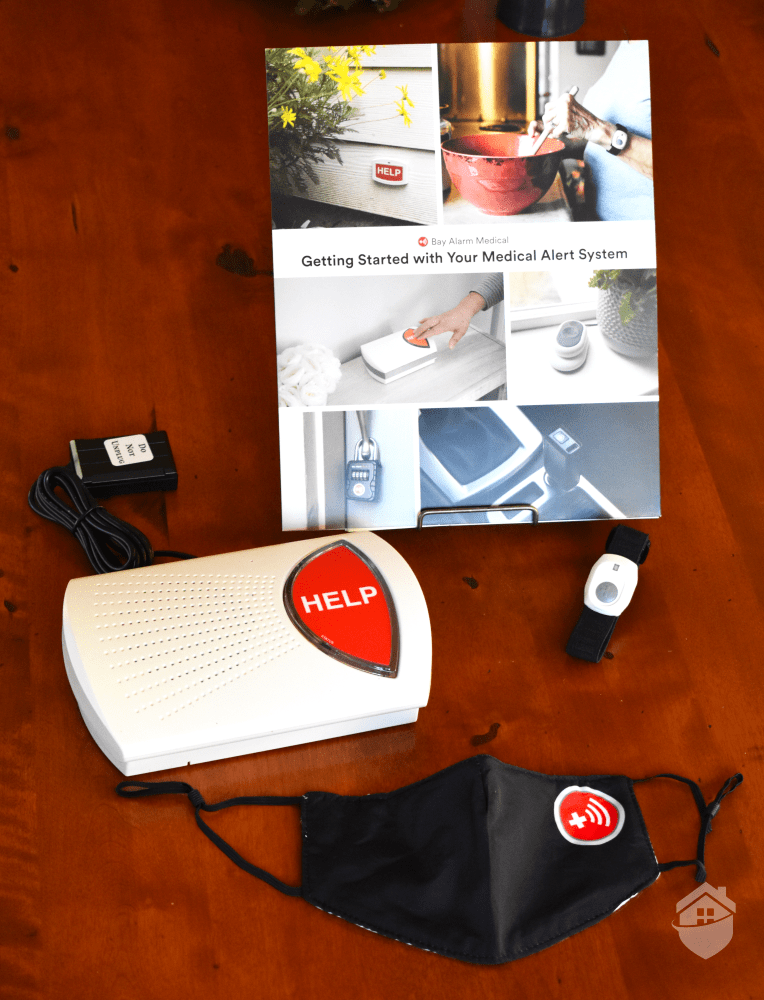
Bay Alarm Medical Equipment
>> Read More: The Best Smart Watches for Seniors
Just make sure you pick a reputable brand and read all the fine print. Don’t assume you’ve got fall detection, for instance. It may require an optional subscription. Here are our favorite medical alert systems this year. We’ve researched and tested them all.
Did You Know? In the U.S., 27 percent of seniors age 60 and up live alone today. The world average is around 16 percent.9


Our home security experts are now doing livestreams with industry experts like retired SWAT Commander Gene Petrino. Learn how to protect your home and family from thieves, burglars, and home invaders.


FYI: SafeHome is now livestreaming! Got questions about home security? Email us at info@safehome.org, and we’ll answer your questions live on our next stream—personalized advice, straight from the experts. Find us on YouTube @safehome_org. Don’t miss out!
If you’ve made it all the way down here, you know that our homes and families don’t come “safe” off the factory floor. We make them safe with forethought, upkeep, and sometimes a little financial investment.
Fortunately, none of the measures I’ve outlined above is going to send you into debt. In fact, most of my recommendations are simple best practices that don’t cost a dime.
If it seems like too much to keep track of, I hear you. But incorporating these safety tips into your home routine isn’t as tough as it sounds. If you’ve got kids, you probably remember what your house was like before them: open stairs, unprotected table edges, naked electrical outlets, loose change on the table.
You changed all that pretty quickly once the first baby came, and it wasn’t all that much effort, was it? The same goes for pretty much any item on this list.


Your bank keeps tabs on your debit and credit cards and bank accounts. When it suspects fraud, it alerts you immediately and hopefully the problem is nipped in the bud. Identity theft protection works like that, except it covers all your data.
The science says Wi-Fi isn’t dangerous for adults, but we know less about how it affects growing brains. For that reason, we recommend extra Wi-Fi safety best practices for infants and toddlers. Scroll up to “Wi-Fi Hazards” for some helpful links.
A lot! Start by having “the scams and predators” talk as soon as they’re old enough to hold a tablet. Investing in identity theft protection can go a long way too. For more information on both, find the appropriate section in this guide.
Yes. We recommend having one. Cameras and alarms really do deter intruders and package thieves and give you more control over critical aspects of home safety. If you’re looking to start light, check out these budget home security solutions. If you already know you want all the bells and whistles, the professionally installed security systems that performed best in our tests.
Get your family out of your home now! If you suspect you’ve been exposed to carbon monoxide, pay your doctor a visit. Once you’re in safety, call 911 or local emergency services to deal with the situation.

FBI Crime Data Explorer. (2023). Expanded Property Offense Counts in the United States.
https://cde.ucr.cjis.gov/LATEST/webapp/#/pages/explorer/crime/property-crime
C+R Research. (2019, Nov 23). 2019 Package Theft Statistics Report.
https://www.crresearch.com/blog/2019-package-theft-statistics-report/
EPA. (2023, May 1). I thought lead-based paint had been phased out. How many homes still contain lead-based paint?
simply insurance. (2023, Feb 4). How Many Home Invasions Happen Per Year In The U.S.? 13+ Burglary Statistics.
https://www.simplyinsurance.com/home-invasion-statistics/
The Guardian. (2012, Sept 27). Wi-Fi: are there any health risks?
https://www.theguardian.com/technology/askjack/2012/sep/27/wi-fi-health-risks.
Cal Fire. (2022). 2022 Incident Archive.
FTC. (2023, Feb 23). New FTC Data Show Consumers Reported Losing Nearly $8.8 Billion to Scams in 2022.
FTC. (2023, Feb 23). The top scams of 2022.
https://consumer.ftc.gov/consumer-alerts/2023/02/top-scams-2022.
Pew Research Center. (2020, Mar 10). Older people are more likely to live alone in the U.S. than elsewhere in the world.
https://www.pewresearch.org/short-reads/2020/03/10/older-people-are-more-likely-to-live-alone-in-the-u-s-than-elsewhere-in-the-world/.